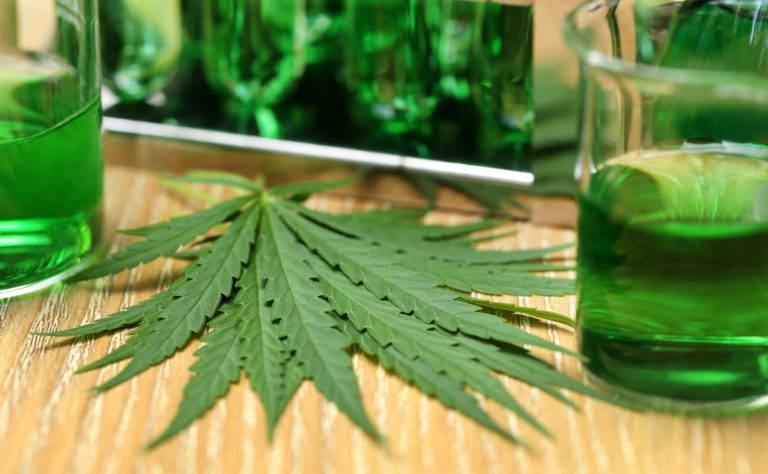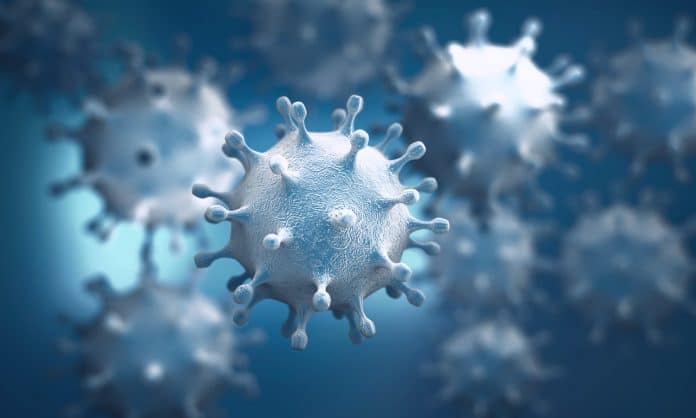In 2020 it’s possible to buy hemp rope, soap, shoes, and even beer. The question is, are these hemp products moving us to a more sustainable future?
Hemp an eco-friendly fibre
There is often an underlying confusion in society between hemp and marijuana, and whether they are the same thing or not. They do both indeed derive from the cannabis plant. However, hemp plants contain very small amounts of THC. The industrial cultivation of hemp has been legal in Canada since 1998 but it’s been around for thousands of years prior to this. Additionally, it is one of the first plants to be spun into usable fibre. Hemp has been labelled as one of the eco-friendly fibres in our world today.
What is an eco-friendly fibre? I’m glad you asked. Eco-friendly fibres are alternative to two things; petroleum-derived fibres and GMO cotton.
It depends on which products you compare hemp to, but hemp is a lot better for the environment than most, if not all of it’s alternatives. A large portion of textiles comes from petroleum-based products. The source of synthetic fibres like polyester, nylon and acrylic is from fossil fuel crude oil.
The combination of words, crude oil, is becoming a swear word in many households. In reality, the movement away from petroleum-based products can’t happen overnight as many of the world’s industries are essentially propped up on the use of crude oil. Can you guess what isn’t derived from crude oil? You guessed it, hemp products.
It’s hard to back away from the fact that yes, hemp is definitely more sustainable than its two alternatives. Some benefits of growing and using hemp are;
very resistant to bugs and disease/does not require pesticideshemp regenerates soilgrows well everywheremechanically processedgrowing hemp is carbon negativebiodegradable.With that being said, I’m a believer in stepping back and looking at both sides of the argument with a unbias opinion. Some downfalls of hemp include;
higher maintenance than alternative productssometimes needs to be blended with other fibreshemp fabric comes from Romania or Chinarougher, less comfortable than other fibres.The hemp industry is moving the world to a more sustainable future. If anything, it’s pushing the envelope for developers of other eco-friendly fibres to create more sustainable practices. Canada is still relatively new in the hemp industry but does have a head start on its neighbour down south who just legalized hemp cultivation in 2018.










